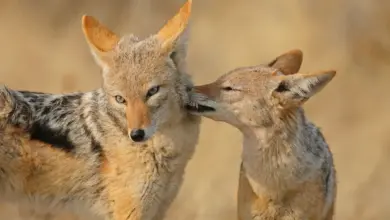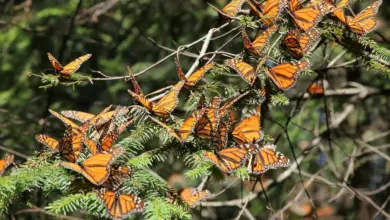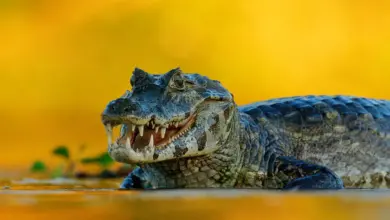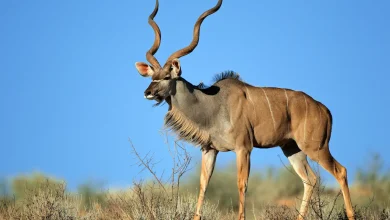What Eats Ants?
What Eats Ants? What Do Ants Eat?
Ants are ubiquitous insects found almost everywhere on land worldwide. Over 12,000 species exist, exhibiting astonishing diversity in size, structure, behavior, and ecology. Yet many predators target ants as food sources, leading to an endless struggle for these tiny insects to avoid threats many times their size. This article explores the main predators of ants and how they capture, kill, and consume them.
Ants employ chemical defenses, complex nests, and strength in numbers to minimize risks. But certain crafty predators have adapted clever techniques to circumvent such strategies and feast on ants and their larvae as nutritious prey. Examining these dynamics provides perspective into the perpetual dangers ants navigate and the cunning hunting skills of the predators themselves.
This article aims to showcase the constant vulnerability of ants while appreciating the ecological balances that sustain tiny prey and their much larger predators. It also underscores how, despite their small size, ants help energize entire food chains.
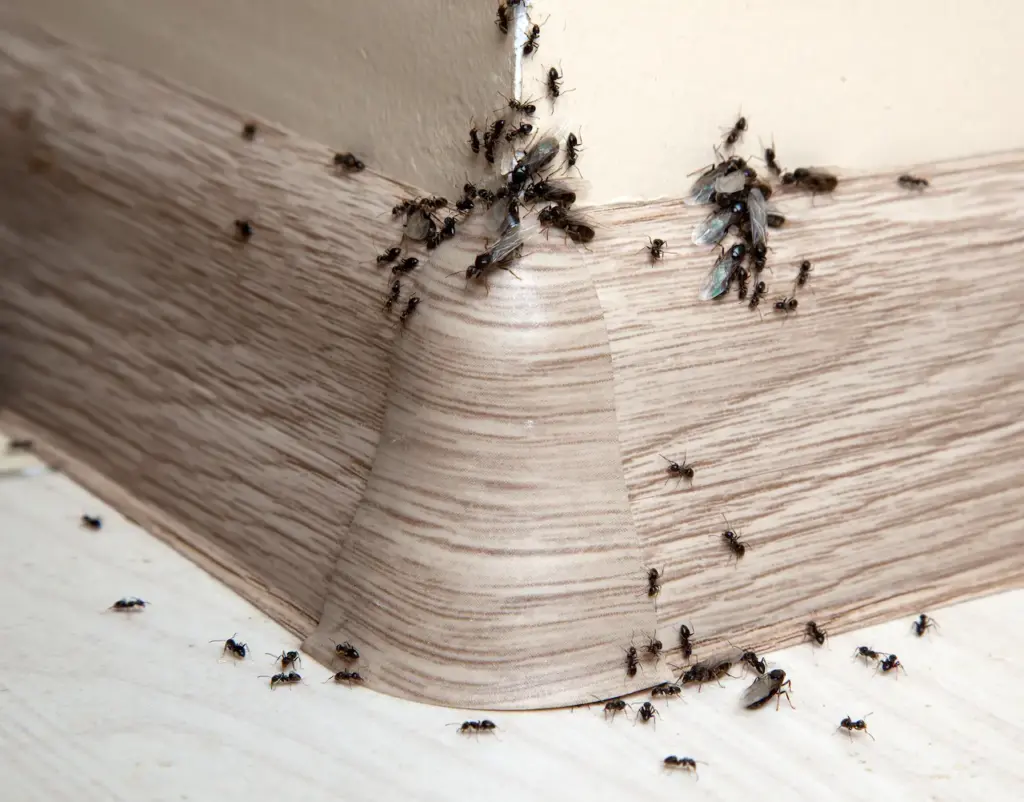
Built for Cooperation and Chemical Warfare
Understanding what eats ants helps to examine their evolutionary adaptations. Ants evolved from wasp ancestors over 100 million years ago and now comprise over 20,000 species worldwide. They exhibit a range of sizes from minute parasites under 1mm to bulky leafcutter ants over 1 inch long.
All ants have three body segments, six legs, antennae, and strong mandibles for carrying objects, defense, and excavation. They lack wings in worker castes and exhibit complex social organization in colonies with queens, workers, and soldiers. Chemical pheromone communication coordinates their interactions.
Ants also employ potent chemical defenses, including formic acid and alkaloid sprays. Some species can sting or bite intruders, while others flee quickly back to their elaborate nests, where tunnels, chambers, and exits provide refuge. Overall, ants rely on cooperation, chemical signals, and nest architecture for protection.
Anteaters Slurp Them Up
Specialist myrmecophages or exclusive ant/termite eaters exist across habitats worldwide. With no teeth, long tongues, and sticky saliva, anteaters lap up thousands of insects daily, making ants a primary dietary component. Different species exhibit physical and behavioral adaptations tailored for raiding ant nests and consuming massive quantities with ease.
The giant anteater uses its four-inch claws to rip into nest mounds and termite towers swiftly. Its narrow snout easily penetrates tunnel openings. An extraordinary 18-inch tongue coated in thick, sticky saliva instantly traps ants by the hundreds. Anteaters ingest prey immediately without chewing, thanks to highly acidic stomachs that rapidly break down chitinous exoskeletons.
Tamanduas in Central and South America employ similar techniques on a smaller scale to eat up to 9,000 ants daily. With highly dextrous forelimbs, they tear into logs and branches harboring ants. Specialized pangolins in Asia and Africa use bipedal walking and lengthy claws to breach nests and feed almost exclusively on ants. With anatomy and behavior adapted specifically for ants, myrmecophages thrive on their tiny prey.
Insectivorous Mammals Sniff Them Out
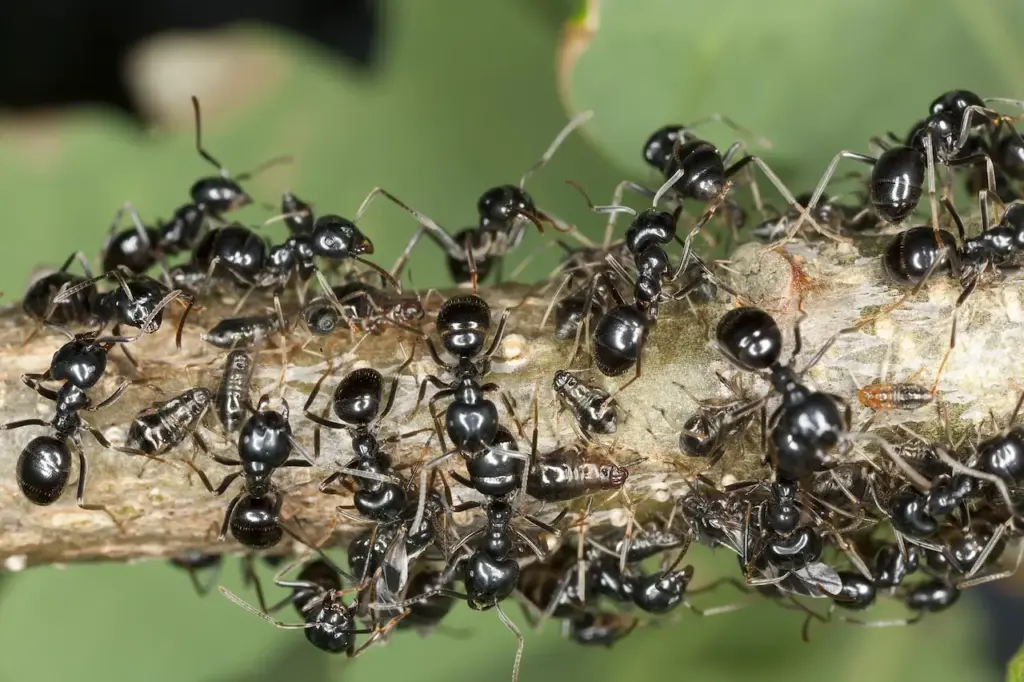
Beyond dedicated anteaters, other insectivorous mammals opportunistically feed on ants and larvae. Bears use their exceptional sense of smell to track down nests and mounds, then employ their long claws and flexible snouts to rip into ant dens and consume thousands in one sitting. Ant larvae and pupae are treasured high-fat snacks.
Shrews and hedgehogs also sniff out ants while roaming their territories at night. Once detected, they rapidly dig into anthills to gobble up nutritious larvae. Banded anteaters scale termite mounds in African forests to access interior chambers overflowing with juicy insects. Pangolins use extended sticky tongues to probe inside arboreal ant nests.
With keen olfaction, dexterous limbs, and insatiable appetites, insect-loving mammals readily devour ant broods whenever discovered. Their cravings help control ant populations while providing essential fat and protein.
Birds Pluck Ants From Colonies
Birds also opportunistically raid ants and larvae to supplement their diets. Large tropical toucans use thick serrated beaks to excavate nest chambers in trees and branches. Their long, sticky tongues then collect hundreds of insects from the exposed tunnels. Woodpeckers drill into dead logs housing ants and use specialized brush-like tongues to extract them from burrows.
In Africa, honeyguides eat ants when not, leading humans to bee nests. Flycatchers employ short, rapid flights from perches to snap up marching ants in grassy areas. Even hummingbirds feed on tiny ants to consume quick bursts of protein. With over 10,000 species worldwide, birds are one of the most ubiquitous predators seen raiding trails and nests.
Reptiles Ambush Ant Columns
Reptiles may lack rapid leg movement but make up for it through stealth ambush attacks. The giant Solomon Island skink waits motionless beside army ant trails, then pounces when a mass of insects passes by, snatching dozens in its jaws. Chameleons sneak up on ants and unleash extendable tongues to pull in multiple victims at once. Geckos rely on camouflage and cat-like reflexes to snap up unwary ants that wander into range.
Obligate specialist ant predators called antlions lay trap pits in soft soil and then hide at the bottom covered in debris. When ants stumble down the sloped walls, the antlion seizes victims in its sharp mandibles before feeding. Whether buried or stealthily still, reptiles waylay ants marching vulnerably by.
Arachnids Employ Traps and Webs
As fellow arthropods, arachnids like spiders and scorpions prey readily on ants. Funnel-web spiders set up horizontal sheets with a small hole nearby and then wait inside this enclosed trap.
When ants follow the sheet and fall through the hole, the spiders rush out to overpower them. Other spiders situate webs across ant trails to snare individuals that get stuck and struggle in the silky fibers.
Scorpions grab stray ants with enlarged pedipalps or pincers tipped with sharp claws. Their quick reflexes enable snatching multiple ants in succession. Amblypygids flatten camouflaged bodies against trees and use elongated front legs to hook ants walking by, then reel them straight into their jaws. Versatile arachnid weaponry makes capturing ants straightforward.
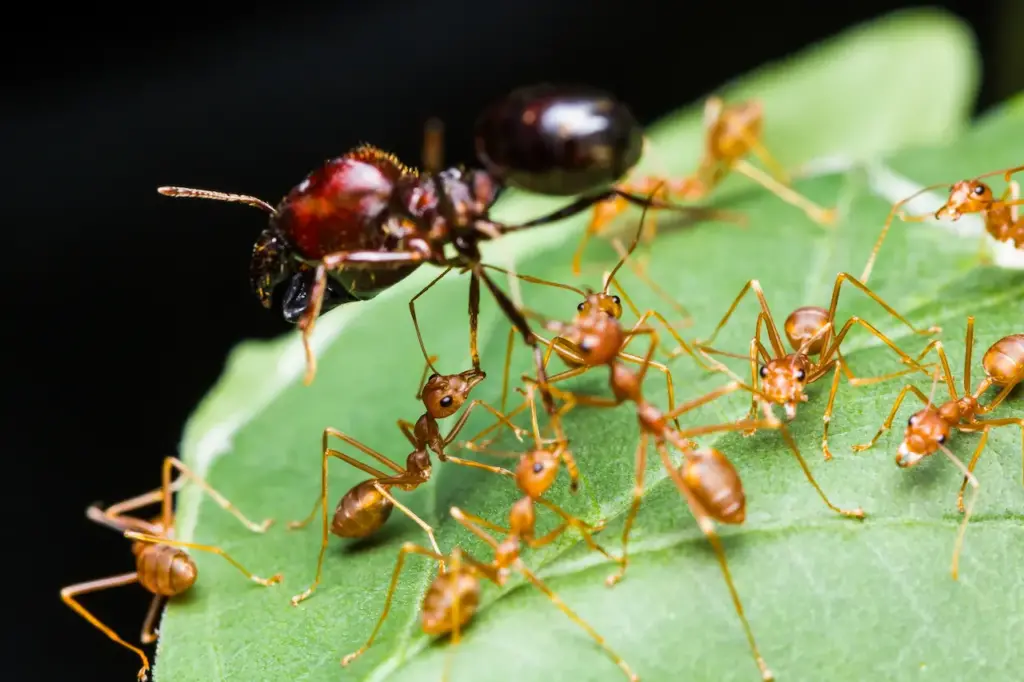
Blister Beetles Release Toxic Chemistry
Blister beetles of the Meloidae family have an intimate and deadly relationship with ants. Their larvae secrete chemicals that ants collect and feed to their own larvae. But the beetle chemicals are toxic, killing the ant brood the beetle larvae feed on.
Adult blister beetles also contain cantharidin, which is deadly and toxic to ants upon contact. The beetles can squirt the chemical from their leg joints to incapacitate and kill ants quickly whenever they swarm. Specialized adaptations allow blister beetles to integrate into ant colonies before turning their chemical defenses against the ants with devastating effectiveness.
Conclusion
In exploring natural ant predators, their constant vulnerability becomes apparent – practically everything eats ants! Yet their incredible diversity and teeming colony populations enable ant persistence alongside those countless predatory species actively targeting them. This endless co-evolutionary struggle sustains intricate balances between prey and predator.
Ants epitomize survivability through cooperative organization and chemical weaponry, but predators respond in kind with specialized traps and detoxification. As both hunter and hunted, ants exemplify the interconnectedness of life in all its creativity for perpetuation.
Gaining such perspective engenders respect for creatures often trampled underfoot without a second thought. Understanding their essential place in food chains worldwide provides insights into ecology from the ground up.

